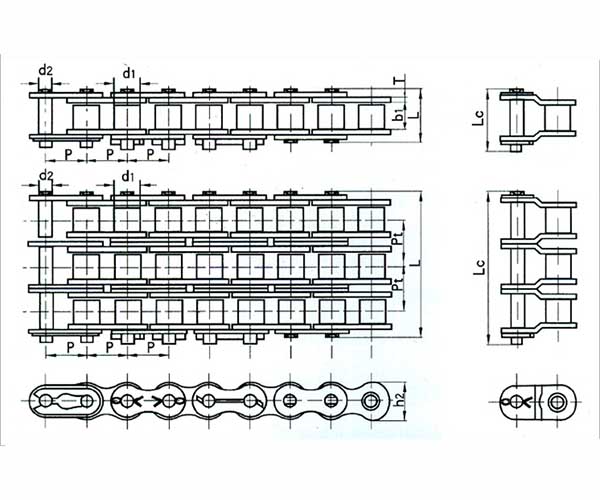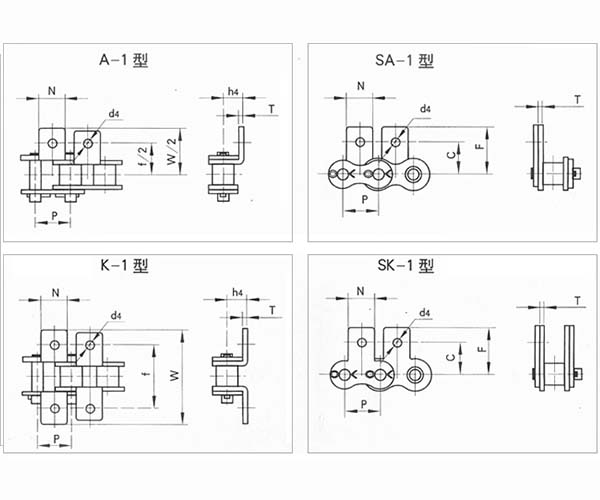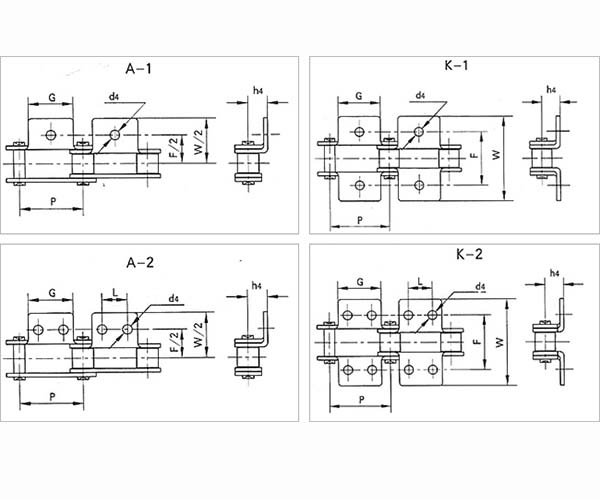No matter what product is used, blind use will inevitably lead to some problems, which will affect the normal work process. For example, chain noise often occurs in this way.When the noise in the use of the chain is too loud, the root cause of the problem must be found and resolved.
In view of the excessive noise in the use of the chain, after a comprehensive analysis, it can be seen that the non-coplanar sprocket is one of the main reasons for the above situation, that is to say, the rotating shaft and the sprocket are not in the same horizontal plane; and the sprocket is in the same plane. The chain cooperates with the operation, which shows that the noise of the chain is too loud.
Secondly, the wear of the chain and the sprocket will also cause the noise of the chain, which is also unavoidable in use.There is also the quality problem of the chain itself. Too much chain tension, insufficient chain lubrication, and excessive chain pitch size will affect the use of the chain.
Therefore, in order to control the noise of the chain within the normal range, it is necessary to check the coplanarity of the front and rear axles and the sprocket before use; and in the daily use of the chain, pay attention to strengthening the lubrication and maintenance of the chain to reduce the occurrence of wear .
In addition to noise, when the chain is used as a transmission component, its speed must also be mastered.In general, the selection conditions for low-speed chain operation should be based on operation at a speed lower than 50m/min, and fatigue resistance is more important than wear resistance at this time.
The contact between the roller chain and the sprocket is a multi-angle type of contact, and this causes a change in speed.In addition, the more sprocket teeth, the smaller the speed change, and vice versa.








